Home>Furniture>Outdoor Furniture>What Is Cool Decking Around A Pool
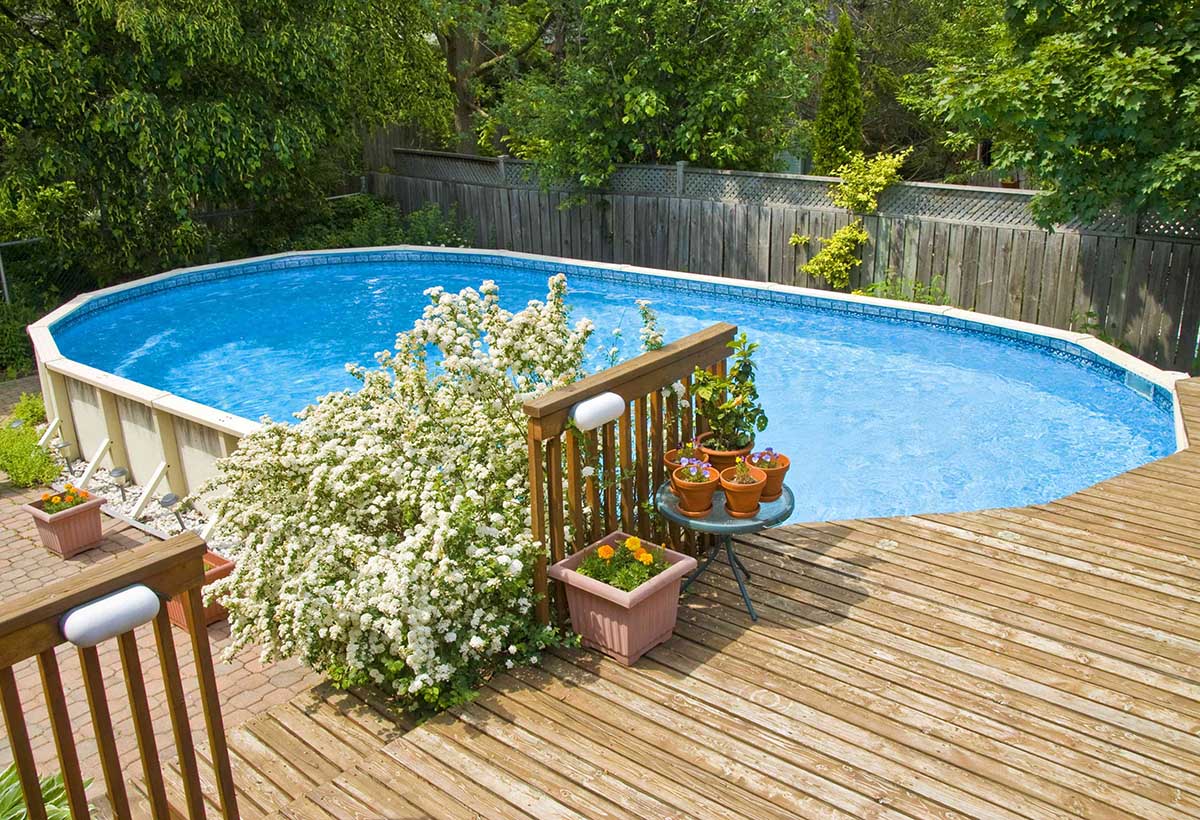

Outdoor Furniture
What Is Cool Decking Around A Pool
Modified: August 27, 2024
Enhance your poolside experience with stylish and durable outdoor furniture designed for Cool Decking. Create a relaxing and inviting outdoor oasis with our selection of premium outdoor furniture.
(Many of the links in this article redirect to a specific reviewed product. Your purchase of these products through affiliate links helps to generate commission for Storables.com, at no extra cost. Learn more)
Introduction
Welcome to the world of outdoor living! If you’re a proud pool owner, you probably want to create an inviting and comfortable space around your pool where you and your loved ones can relax, soak up the sun, and enjoy the refreshing water. One of the key elements of designing the perfect pool area is choosing the right decking material.
In recent years, a popular choice among homeowners and designers has been cool decking. But what exactly is cool decking and why should you consider it for your pool?
Cool decking refers to a special type of surface that is designed to stay cooler than traditional decking materials under the sweltering summer sun. It offers a myriad of benefits, making it an excellent option for poolside areas.
In this article, we’ll take a closer look at the benefits of cool decking, explore different types of cooling materials available, discuss the installation process, touch on maintenance requirements, and provide you with an estimation of the cost. By the end, you’ll have a comprehensive understanding of cool decking and be well-equipped to make an informed decision for your pool area.
Key Takeaways:
- Cool decking offers benefits like heat reduction, slip resistance, and customization options, making it a stylish and safe choice for pool areas. It comes in various materials such as concrete, pavers, travertine, rubber, and composite, each with unique features and design options.
- Proper maintenance is essential to preserve the beauty and functionality of cool decking. Regular cleaning, sealing (where applicable), and addressing any issues promptly will ensure that cool decking remains in optimal condition for years to come.
Read more: How To Install Turf Around Pool
Benefits of Cool Decking
Cool decking offers numerous advantages that can enhance your pool area and improve your overall outdoor experience. Let’s explore some of the key benefits:
- Heat Reduction: One of the primary benefits of cool decking is its ability to significantly reduce surface temperature. While traditional materials like concrete and stone tend to absorb and retain heat, cool decking materials are designed to reflect heat, keeping the surface cooler to the touch. This not only enhances comfort but also reduces the risk of burns and discomfort during hot summer days.
- Slip Resistance: Safety is a top concern around pools, where water and slippery surfaces can be a hazardous combination. Cool decking is specially formulated to provide excellent slip resistance, reducing the risk of accidents and ensuring a safe environment for swimmers of all ages. Whether the surface gets wet from pool water or rain, the grip remains strong, giving you peace of mind.
- Comfortable Walking Surface: Cool decking materials tend to be softer and more comfortable to walk on compared to traditional concrete or stone. The texture of cool decking provides a pleasant underfoot feel, making it enjoyable to stroll barefoot around the pool area. No more scorching hot surfaces or uncomfortable rough textures.
- UV Resistance: Prolonged exposure to the sun’s harmful UV rays can cause materials to fade and deteriorate over time. Cool decking materials are engineered to withstand UV radiation, maintaining their color and appearance for longer periods. This means your pool area will retain its aesthetic appeal without requiring frequent maintenance or refinishing.
- Customization Options: Cool decking comes in a wide range of colors, patterns, and finishes, giving you the freedom to create the perfect look for your pool area. Whether you prefer a sleek and modern design, a rustic and natural aesthetic, or something in between, there are cool decking options available to suit any style and taste.
- Longevity and Durability: Cool decking materials are designed to withstand heavy foot traffic, extreme weather conditions, and the chemicals commonly found in pool water. They are highly durable and require minimal maintenance, making them a cost-effective choice in the long run.
With these enticing benefits, it’s no wonder that cool decking has become a popular choice for pool owners looking to create a stylish, safe, and comfortable poolside oasis. In the next section, we’ll explore the different types of cool decking materials available and their unique characteristics.
Types of Cool Decking Materials
Cool decking materials are available in a variety of options, each with its own unique characteristics. Here are some of the most popular types of cool decking materials:
- Concrete Cool Decking: Concrete is a classic and versatile option for pool decking. Cool concrete decking is created by adding special additives to the concrete mix, which reflect heat and provide a cooler surface. It can be poured in various colors and textures, allowing for customization. Concrete cool decking is known for its durability and slip resistance.
- Pavers Cool Decking: Pavers are individual units made from materials like concrete, stone, or clay. They can be arranged in different patterns and designs to create a visually pleasing pool deck. Pavers are known for their heat-reflecting properties, making them an excellent cool decking option. Additionally, they are easy to install, replace, and maintain.
- Travertine Cool Decking: Travertine is a natural stone that offers both beauty and coolness. Its light colors and porous nature make it an excellent choice for cool decking. Travertine is known for its durability and ability to resist heat absorption, helping to create a comfortable walking surface even under the blazing sun.
- Rubber Cool Decking: Rubber cool decking is a popular choice for its comfort and slip resistance. Made from recycled rubber tires, this eco-friendly option offers excellent cushioning and shock absorption. It is also resistant to fading, cracking, and damage from pool chemicals, making it a durable and long-lasting cool decking material.
- Composite Cool Decking: Composite decking is a blend of plastic and wood fibers. This innovative decking material is designed to withstand extreme temperatures and provides a cool surface. Composite cool decking is available in a variety of colors and finishes, offering a low-maintenance and long-lasting solution for your pool area.
Each type of cool decking material has its own advantages and aesthetics. It’s important to consider factors such as durability, slip resistance, maintenance requirements, and the overall look you want to achieve. Consulting with a professional will help you determine the best cool decking material for your specific needs.
In the next section, we’ll delve into the installation process of cool decking to give you a better understanding of what to expect.
Concrete Cool Decking
Concrete cool decking is a popular choice for pool areas due to its durability, versatility, and heat-reflecting properties. Here’s everything you need to know about concrete cool decking:
Installation: The installation process for concrete cool decking begins with the preparation of the area. The ground is leveled and any existing materials or debris are removed. Next, a concrete mix with special additives to enhance heat reflection and reduce surface temperature is poured and spread evenly. Various colors, patterns, and textures can be added to the mix to create a custom look that complements your pool area.
Heat Reflection: Concrete cool decking is designed to reflect heat and stay cooler than traditional concrete surfaces. The special additives used in the mix help to dissipate heat and minimize heat absorption. This allows the pool deck to be comfortable to walk on even in hot weather, reducing the risk of burns or discomfort.
Durability: Concrete is known for its durability, making it an ideal choice for pool areas that experience heavy foot traffic. It can withstand the wear and tear of regular use, as well as exposure to pool chemicals. With proper installation and maintenance, concrete cool decking can last for many years.
Slip Resistance: Safety is a top priority around pools, and concrete cool decking offers excellent slip resistance. The surface can be textured to provide traction, reducing the risk of slip and fall accidents. However, it’s important to note that the texture may require regular cleaning to prevent dirt and debris from accumulating in the grooves.
Maintenance: While concrete cool decking is relatively low-maintenance, regular upkeep is still necessary. It is recommended to clean the surface regularly using a mild detergent and a soft brush or pressure washer to remove dirt, stains, and debris. Additionally, resealing the concrete every few years will help protect it from stains and extend its lifespan.
Customization: Concrete cool decking offers a wide range of customization options. With different colors, patterns, and textures available, you can create a unique and personalized pool area that suits your style and preferences. From a sleek modern look to a natural stone appearance, the design possibilities are endless.
Cost: The cost of concrete cool decking can vary depending on factors such as the size of the area, the complexity of the design, and any additional features like decorative borders or patterns. It is generally a more affordable option compared to some other cool decking materials.
Concrete cool decking provides a durable, customizable, and heat-reflecting surface for your pool area. It offers a comfortable and safe space for family and friends to enjoy the pool while adding aesthetic appeal to your outdoor space.
In the next section, we’ll explore another popular type of cool decking material: pavers.
Pavers Cool Decking
Pavers cool decking is a versatile and visually appealing option for creating a cool and inviting pool area. Here’s what you need to know about pavers cool decking:
Installation: Pavers cool decking installation begins with preparing the area by leveling the ground and creating a solid base. The pavers are then laid in the desired pattern, secured with sand or jointing compounds, and compacted to ensure stability. One of the advantages of pavers is their ease of installation, making it a relatively quick and efficient process.
Cooling Benefits: Pavers are known for their heat-reflecting properties, keeping the surface cooler than traditional materials. The individual units allow for better heat dissipation and air circulation, minimizing heat absorption and creating a comfortable walking surface even on hot summer days. The cooling benefits of pavers make them a popular choice for cool decking.
Durability: Pavers are highly durable and can withstand heavy foot traffic, making them ideal for pool areas. They are resistant to cracks, chips, and fading, ensuring your cool decking remains visually appealing for years to come. In the event that a paver gets damaged, it can be easily replaced without disturbing the rest of the deck.
Design Options: Pavers come in various shapes, sizes, colors, and textures, offering a wide range of design options for your cool decking. Whether you prefer a classic brick, a natural stone look, or a contemporary pattern, there’s a paver to suit your style and complement your pool area. The versatility of pavers allows for creative customization, giving you the opportunity to create a unique and stunning pool deck.
Slip Resistance: Safety is paramount around a pool, and pavers cool decking provides excellent slip resistance. The textured surfaces of pavers create traction, reducing the risk of slip and fall accidents even when the surface is wet. This feature ensures the safety of swimmers and adds peace of mind for pool owners.
Maintenance: Pavers cool decking is relatively low-maintenance. Regular sweeping to remove debris and occasional rinsing with water is usually sufficient to keep the surface clean. In the case of any stubborn stains, a mild detergent can be used. The joints between pavers may require occasional re-sanding or resealing to maintain stability and prevent weed growth.
Cost: The cost of pavers cool decking can vary depending on factors such as the type of pavers chosen, the size of the area, and the complexity of the design. While pavers may have a higher initial cost compared to other materials, their durability and long lifespan make them a valuable investment in the long run.
Pavers cool decking offers a stylish, durable, and cool surface for your pool area. With a wide range of design options, slip resistance, and low maintenance requirements, pavers are a popular choice among homeowners seeking a versatile and visually appealing cool decking solution.
In the following section, we’ll dive into another cool decking material: travertine.
Read more: How To Attach Pool Ladder To Deck
Travertine Cool Decking
Travertine cool decking is a natural stone option known for its timeless beauty and ability to stay cool under the sun. Here’s what you need to know about travertine cool decking:
Installation: Travertine cool decking is typically installed by laying individual travertine pavers or tiles. The installation process involves preparing the area, leveling the ground, and applying a base layer of gravel or sand. The pavers or tiles are then laid in the desired pattern, ensuring proper spacing and alignment. Once installed, the cool decking is grouted and sealed to enhance its durability and protection against staining.
Cooling Benefits: Travertine is a natural stone that naturally stays cooler than other materials, making it a popular choice for cool decking. The porous nature of travertine allows for better heat dissipation, keeping the surface comfortable to walk on even on hot days. This heat resistance makes travertine cool decking an excellent option for pool areas where bare feet are common.
Aesthetic Appeal: Travertine cool decking offers a timeless and luxurious look to any pool area. With its unique veining and natural color variations, travertine adds an elegant touch and enhances the overall visual appeal of the outdoor space. Whether you prefer a classic, rustic, or contemporary design, travertine can complement various styles and create a stunning pool deck.
Durability: Travertine is a durable material that can withstand the elements and regular use. It is known for its resistance to cracking and chipping, making it suitable for pool areas that experience heavy foot traffic. Additionally, travertine is resistant to water damage and fading, ensuring that your cool decking retains its beauty for years to come.
Maintenance: Travertine cool decking requires regular maintenance to preserve its beauty. It is recommended to sweep or rinse the surface regularly to remove debris and prevent dirt from settling in the pores. Occasionally, a mild detergent can be used for a deeper clean. Sealing the travertine every few years helps protect it from stains and enhances its longevity.
Slip Resistance: Travertine cool decking provides good slip resistance, especially when the surface is properly sealed and maintained. However, it’s important to note that travertine can become slippery when wet. To enhance safety, textured or tumbled travertine can be chosen, providing a better grip and reducing the risk of slips and falls.
Cost: The cost of travertine cool decking can vary depending on factors such as the quality of the stone, the size of the area, and the complexity of the installation. Travertine is generally considered a mid-range option in terms of cost, providing a balance between affordability and luxury appeal.
Travertine cool decking offers a natural and elegant solution for your pool area. With its cooling benefits, durability, and timeless appeal, travertine creates a beautiful and comfortable surface for you and your guests to enjoy.
In the next section, we’ll explore another cool decking material option: rubber.
When choosing cool decking for a pool, look for materials like concrete, pavers, or composite decking that stay cool in the sun. Lighter colors and textured surfaces can also help reduce heat absorption.
Rubber Cool Decking
Rubber cool decking is a unique and eco-friendly option that provides comfort, safety, and durability for your pool area. Here’s what you need to know about rubber cool decking:
Installation: Rubber cool decking is typically installed using interlocking rubber tiles or mats. The installation process involves preparing the area by ensuring a smooth and level surface, then laying the rubber tiles or mats like puzzle pieces. The interlocking design allows for easy installation without the need for adhesives or special tools. This makes it a great DIY option for pool owners.
Heat Reduction: Rubber cool decking is designed to stay cool even under the direct sun. The rubber material’s unique properties help to reflect heat and prevent the surface from becoming hot. This ensures a comfortable walking surface for bare feet on even the hottest summer days.
Cushioning and Comfort: Rubber cool decking offers excellent cushioning and shock absorption, making it a comfortable surface to walk or sit on. The elasticity of rubber provides a soft and forgiving feel, reducing the impact on joints and minimizing the risk of injuries. This is particularly beneficial for those who spend a significant amount of time around the pool area.
Slip Resistance: Safety is a significant concern in pool areas, and rubber cool decking provides excellent slip resistance. The textured surface of rubber tiles or mats offers enhanced grip, even when the surface is wet. This helps to prevent slips and falls, creating a safer environment for poolside activities.
Durability: Rubber cool decking is highly durable and can withstand heavy foot traffic, UV exposure, and pool chemicals. The rubber material is resistant to cracking, fading, and damage, allowing your cool decking to maintain its appearance and functionality over time. Additionally, rubber cool decking is resistant to mold and mildew, making it a low-maintenance option.
Eco-Friendly Option: Rubber cool decking is often made from recycled materials, such as old tires, making it an environmentally friendly choice. By using recycled rubber, you are reducing waste and contributing to a more sustainable lifestyle without compromising on quality and performance.
Easy Maintenance: Rubber cool decking is relatively easy to maintain. Regular sweeping or hosing off the surface is usually sufficient to keep it clean. In case of any stains or spills, a mild detergent can be used. Rubber cool decking does not require sealing or refinishing, saving you time and effort in maintenance tasks.
Cost: The cost of rubber cool decking can vary depending on the quality and thickness of the rubber material, the size of the area, and the manufacturer. However, in general, rubber cool decking is considered an affordable option, especially when compared to other premium materials.
Rubber cool decking offers a comfortable, safe, and eco-friendly solution for your pool area. Its heat reduction properties, durability, and easy maintenance make it a popular choice for those seeking a practical and resilient cool decking material.
In the next section, we’ll explore another cool decking option: composite decking.
Composite Cool Decking
Composite cool decking is a modern and versatile option that combines the beauty of wood with the durability of synthetic materials. Here’s what you need to know about composite cool decking:
Installation: Composite cool decking is installed using a combination of hidden fasteners and screws, which are used to secure the boards to the framework. The boards are available in different lengths and can be cut to fit the desired dimensions. Installation is relatively straightforward and can be done by homeowners or professionals.
Cooling Benefits: Composite cool decking is designed to remain cooler under the sun compared to traditional wood decking. The composite materials used in its construction are engineered to reflect heat and reduce heat absorption. This keeps the surface comfortable to walk on, even on hot summer days.
Durability: Composite cool decking is highly durable and resistant to cracking, splitting, and warping, making it an excellent choice for pool areas. The synthetic materials used in composite decking are specifically designed to withstand the elements and resist fading caused by UV exposure. Composite boards are also resistant to moisture, mold, and mildew, ensuring a long-lasting and low-maintenance cool decking solution.
Aesthetic Appeal: Composite cool decking offers a wide range of design options to suit any style preference. The boards come in various colors, finishes, and textures, allowing you to achieve a look that complements your pool area and enhances its visual appeal. Whether you prefer a classic wood grain appearance or a more contemporary design, composite cool decking can fulfill your desired aesthetic.
Eco-Friendly Option: Composite cool decking is often made from a combination of recycled materials, such as reclaimed wood fibers and plastic. By using these recycled materials, composite decking reduces the demand for virgin wood and contributes to environmental sustainability. Additionally, composite cool decking does not require the use of harsh chemicals for staining or sealing, further reducing its impact on the environment.
Low Maintenance: Composite cool decking requires minimal maintenance compared to traditional wood decking. It does not require sanding, staining, or sealing, which saves both time and money in the long run. Regular sweeping and occasional cleaning with a mild detergent are usually sufficient to keep the surface clean and looking its best. This makes composite cool decking a convenient option for busy pool owners.
Cost: The cost of composite cool decking can vary depending on factors such as the quality, brand, and desired design options. While the initial cost of composite decking may be higher than wood, the long-term savings in maintenance and durability make it a worthwhile investment.
Composite cool decking provides a contemporary, low-maintenance, and eco-friendly solution for your pool area. Its cool surface, durability, and design options make it a popular choice among homeowners seeking both style and functionality.
In the next section, we’ll explore the installation process of cool decking to give you a better understanding of what to expect.
Installation Process of Cool Decking
The installation process of cool decking can vary depending on the type of material chosen. Here, we’ll provide a general overview of the installation process:
Preparation: Prior to installation, proper preparation is crucial for a successful cool decking project. The area needs to be cleared of any existing materials, debris, or vegetation. It should be leveled and compacted to ensure a stable and even surface.
Framework: For some cool decking materials, such as composite or wood decking, a framework or substructure is necessary. This framework provides stability and support for the cool decking boards or tiles. The framework is typically made of pressure-treated wood or steel, and it should be properly anchored to the ground to ensure durability.
Material Installation: Once the preparation and framework are in place, the actual installation of the cool decking material can begin.
– For concrete cool decking, the concrete mix with heat-reflecting additives is poured and spread evenly over the prepared area. The concrete is then finished to achieve the desired texture, pattern, and appearance.
– For pavers cool decking, individual pavers are laid in the desired pattern. The pavers can be interlocking or non-interlocking, depending on the specific product chosen. They are typically secured with sand or jointing compound between the joints to ensure stability.
– For travertine cool decking, individual travertine pavers or tiles are laid in the desired pattern. The pavers or tiles can be adhered to the prepared surface using a suitable adhesive or mortar. Grout may be used between the joints to enhance stability and prevent weed growth.
– For rubber cool decking, interlocking rubber tiles or mats are laid like puzzle pieces over the prepared area. The interlocking design ensures a secure and stable installation without the need for adhesives or special tools.
– For composite cool decking, the composite boards are secured to the framework using hidden fasteners or screws. The boards are typically cut to fit the desired dimensions, and care is taken to ensure proper spacing between boards for expansion and contraction.
Finishing Touches: After the cool decking material is installed, any necessary finishing touches can be added. This may include sealing the surface, applying a protective coating, or adding decorative elements like borders or accents.
Post-Installation: Once the cool decking is installed, it’s important to follow any specific maintenance instructions provided by the manufacturer. Regular cleaning, sealing (if required), and periodic inspections are essential to keep the cool decking in optimal condition.
It is worth noting that the installation process may differ in complexity and specific steps depending on the chosen cool decking material. It is always advisable to follow the manufacturer’s installation guidelines or consult with a professional to ensure proper installation and maximize the benefits of your cool decking.
In the next section, we’ll dive into the maintenance considerations for cool decking.
Maintaining Cool Decking
Maintaining your cool decking is essential to preserve its appearance, functionality, and lifespan. Here are some maintenance considerations for different types of cool decking:
Concrete Cool Decking:
- Regularly sweep or use a leaf blower to remove debris, dirt, and leaves from the surface.
- Periodically clean the surface with a mild detergent and a soft brush or pressure washer to remove stains, algae, or mold.
- Reseal the concrete every few years to protect against stains and enhance its longevity. Follow the manufacturer’s recommendations for the appropriate sealer.
- Avoid using harsh chemicals or abrasive cleaners that can damage the surface of the concrete.
Pavers Cool Decking:
- Sweep regularly to remove dirt, leaves, or other debris that can accumulate between the paver joints.
- Occasionally rinse the surface with water and use a mild detergent for cleaning stubborn stains.
- Inspect the jointing compound between the pavers and replenish as needed to maintain stability and prevent weed growth.
- Consider applying a sealer to protect the pavers and enhance their color. Consult the manufacturer’s recommendations for suitable sealers.
Travertine Cool Decking:
- Regularly sweep or use a leaf blower to remove debris and dirt from the surface.
- Clean the surface using a gentle cleaner specifically designed for natural stone. Avoid harsh chemicals that can damage the travertine.
- Periodically reseal the travertine to protect it from stains and maintain its appearance. The frequency of sealing depends on the type of sealer used and the level of foot traffic.
- Wipe up spills promptly to prevent staining.
Rubber Cool Decking:
- Regularly sweep or use a leaf blower to remove loose debris from the surface.
- Clean the surface with mild soapy water and a soft brush. Avoid using harsh chemicals or abrasive cleaners that can damage the rubber surface.
- Inspect the rubber tiles or mats for any signs of damage or wear. Replace any damaged pieces to maintain the integrity of the cool decking.
Composite Cool Decking:
- Sweep or hose off the surface regularly to remove dirt, debris, and leaves.
- Periodically clean the surface with a mild detergent and a soft brush or pressure washer to remove stains.
- Avoid using abrasive cleaners or harsh chemicals that can damage the surface of the composite boards.
- Check for any loose or damaged boards and replace them as needed to ensure the stability and safety of the cool decking.
It’s essential to refer to the manufacturer’s maintenance guidelines for specific recommendations and instructions regarding your chosen cool decking material. By following these maintenance steps, you can enjoy a beautiful and functional cool decking area for years to come.
In the next section, we’ll discuss the cost considerations associated with cool decking.
Cost of Cool Decking
The cost of cool decking can vary depending on several factors, including the type of material chosen, the size of the area, and any additional features or customization options. Here’s a breakdown of the cost considerations for cool decking:
Material Cost: The cost per square foot or square meter of cool decking material can vary significantly. Certain materials, such as high-end natural stone like travertine, tend to be more expensive than others like concrete or rubber. Composite cool decking falls in the mid-range of pricing, while pavers can have a wide range of costs depending on the chosen material. It’s important to research the specific material and compare prices from different suppliers before making a decision.
Installation Cost: The cost of cool decking installation can depend on the complexity of the project, the size of the area, and the labor rates in your area. Some cool decking materials, like rubber or interlocking pavers, can be relatively easy to install and may be suitable for a DIY project, potentially saving on installation costs. However, more intricate designs or materials that require professional expertise could incur higher installation fees.
Additional Features and Customization: Adding features like decorative borders, patterns, or custom designs can increase the overall cost of cool decking. Unique designs or intricate patterns may require additional labor and materials, resulting in higher expenses. It’s essential to consider your budget and prioritize the features that are most important to you when planning your cool decking project.
Maintenance and Long-term Costs: It’s important to factor in the long-term costs of maintaining your cool decking. Some materials may require regular sealing, re-sanding, or resealing over time. Depending on your chosen material, you may also need to consider the cost of occasional replacement or repair if any damage occurs.
Comparing Costs: To get an accurate estimate of the cost of cool decking for your specific project, it’s recommended to obtain quotes from multiple suppliers or contractors. This will allow you to compare the costs of materials, installation, and any additional services or features. Keep in mind that the cheapest option may not necessarily be the best choice in terms of quality and durability, so it’s important to consider the overall value the cool decking will provide.
It’s worth noting that while cool decking may have an upfront cost, the benefits it provides, such as heat reduction, durability, and aesthetic appeal, can result in long-term cost savings and increased enjoyment of your pool area.
By carefully considering your budget, material options, and desired features, you can make an informed decision that meets your needs while staying within your financial means.
In the final section, we’ll wrap up the key points and conclude our exploration of cool decking.
Conclusion
Creating a beautiful, comfortable, and safe pool area is a top priority for many homeowners. Cool decking offers an excellent solution for enhancing the aesthetics and functionality of your outdoor space. By choosing the right cool decking material, you can transform your pool area into a stylish and inviting oasis.
Throughout this article, we have explored the benefits of cool decking, including its heat reduction properties, slip resistance, comfort, and durability. We discussed various types of cool decking materials, such as concrete, pavers, travertine, rubber, and composite, each with its unique features and design options. Understanding the installation process, maintenance requirements, and cost considerations associated with cool decking will empower you to make an informed decision best suited to your needs and preferences.
Whether you opt for the classic appeal of concrete, the versatility of pavers, the elegance of travertine, the comfort of rubber, or the modern aesthetic of composite, cool decking will undoubtedly enhance the enjoyment of your pool area and create a welcoming space for relaxation and entertainment.
Remember, proper maintenance is essential to prolonging the lifespan and beauty of your cool decking. Regular cleaning, sealing (where applicable), and addressing any issues promptly will ensure that your cool decking remains in optimal condition for years to come.
As you embark on your cool decking project, consider consulting with professionals in the field who can provide expert guidance and assistance. They can help you choose the most suitable material, advise on the design and installation process, and ensure that your cool decking meets your expectations and requirements.
In conclusion, investing in cool decking is a wise choice to enhance your pool area. Not only does it improve the safety and comfort of your outdoor space, but it also adds aesthetic appeal and increases the value of your property. Enjoy the beauty of your pool while relishing in the coolness and durability of your chosen cool decking material.
Frequently Asked Questions about What Is Cool Decking Around A Pool
Was this page helpful?
At Storables.com, we guarantee accurate and reliable information. Our content, validated by Expert Board Contributors, is crafted following stringent Editorial Policies. We're committed to providing you with well-researched, expert-backed insights for all your informational needs.
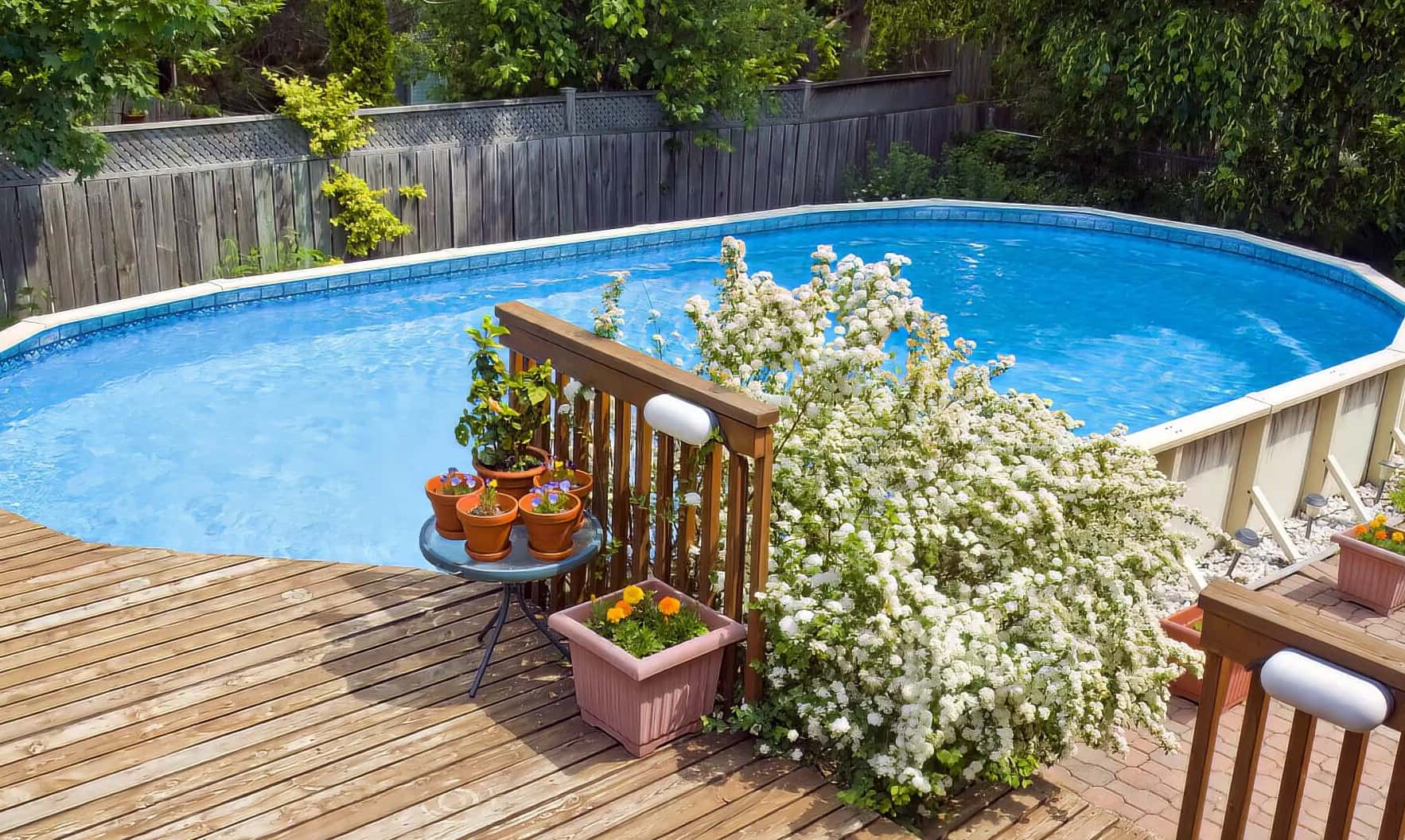
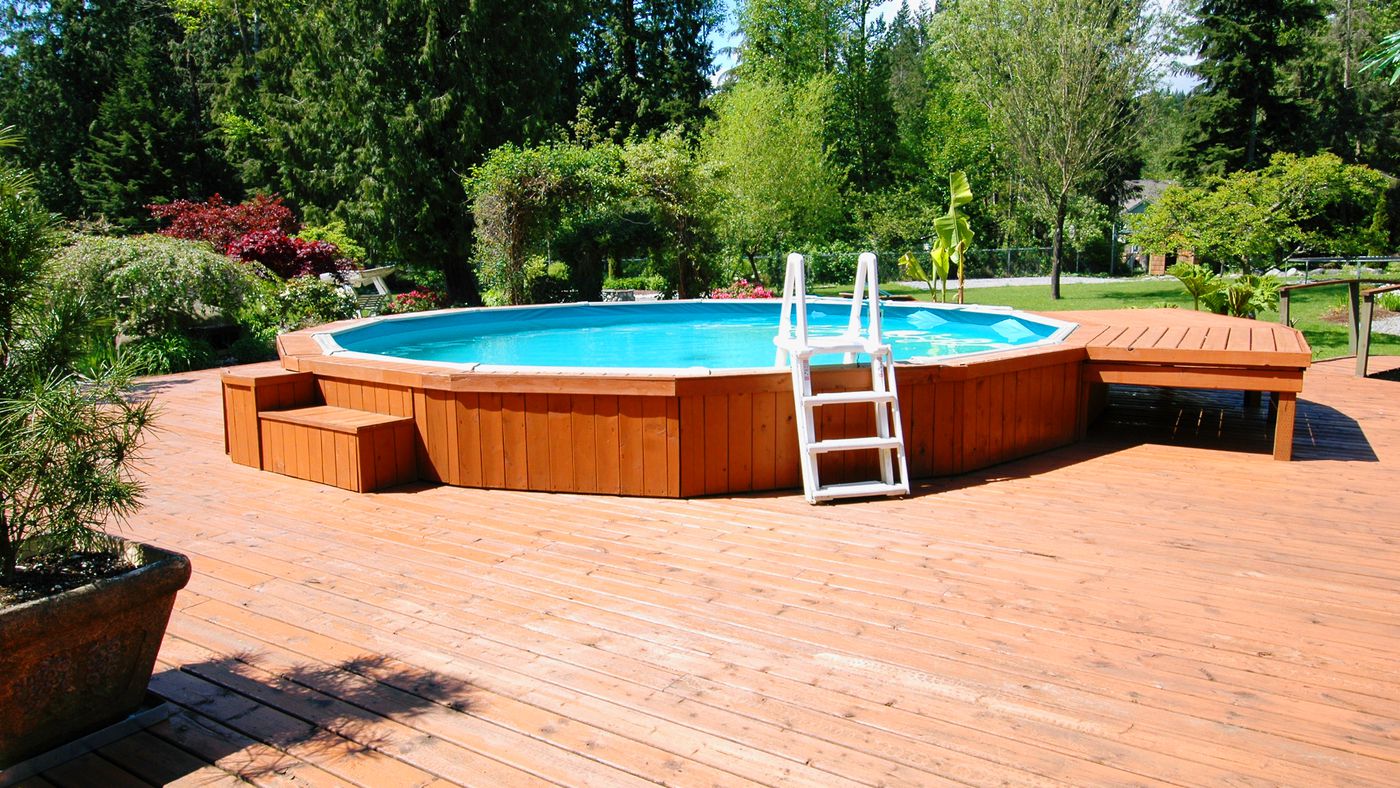
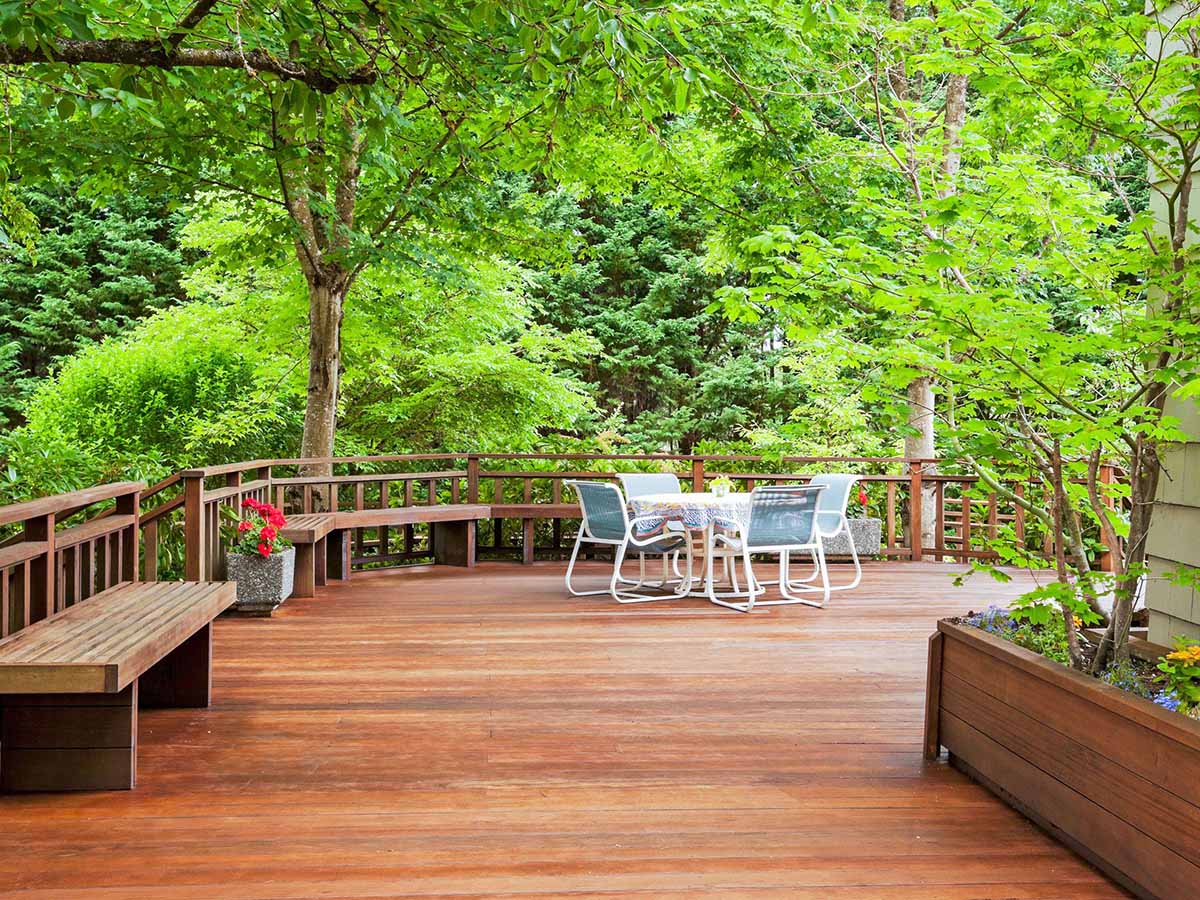

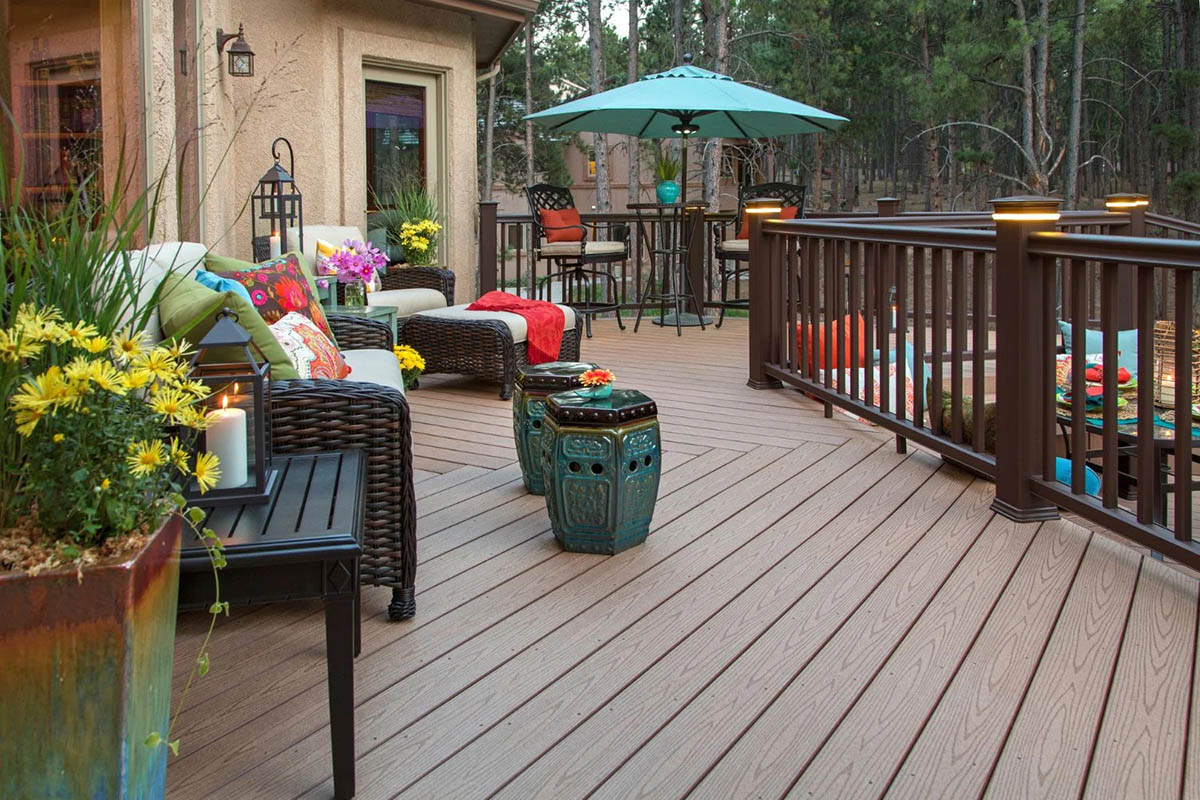
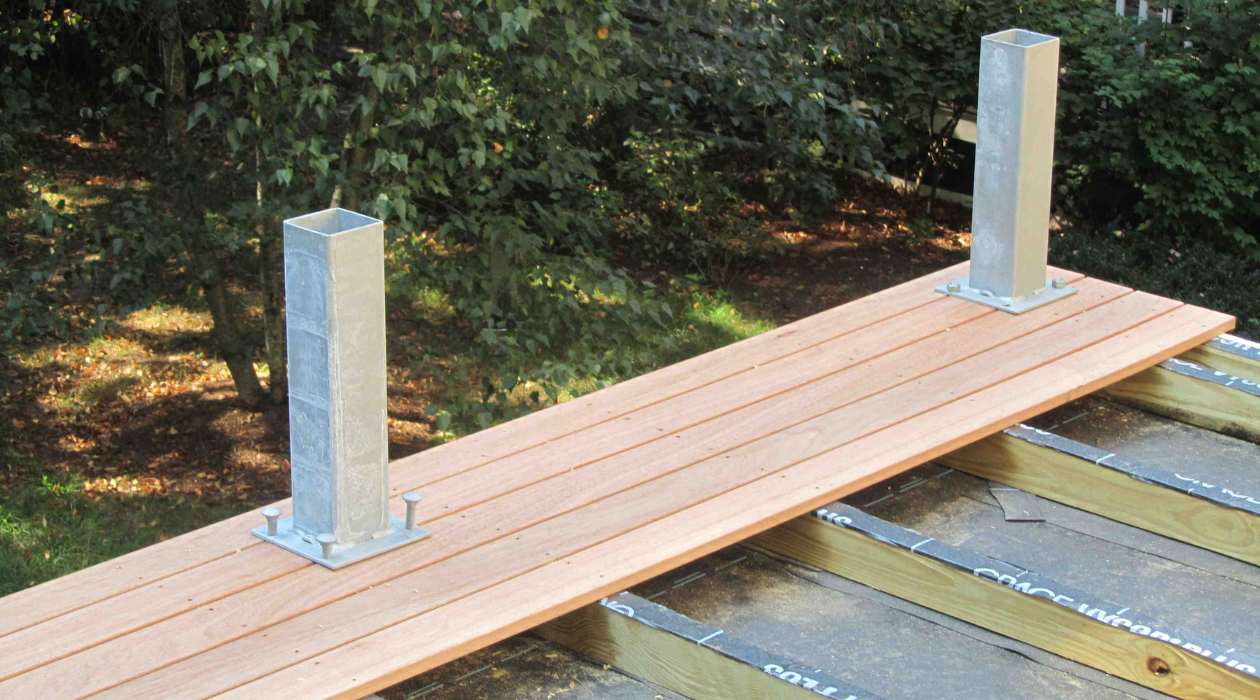
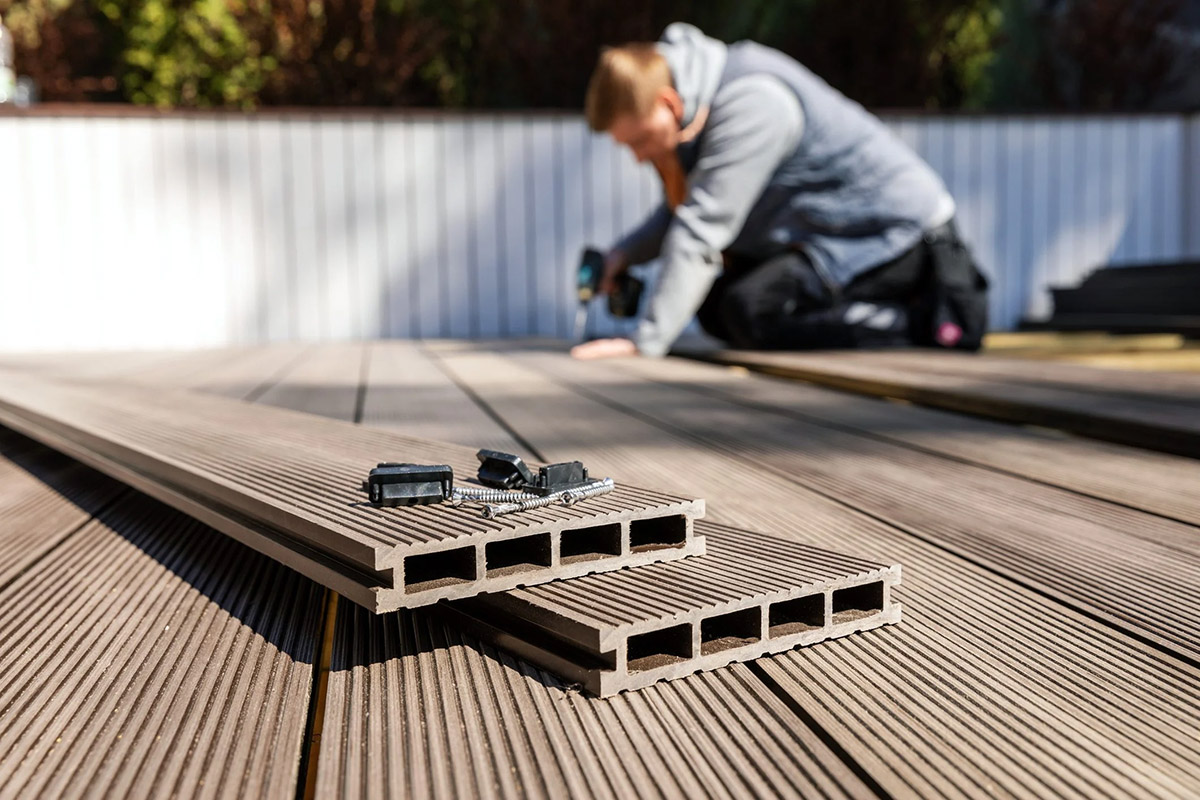
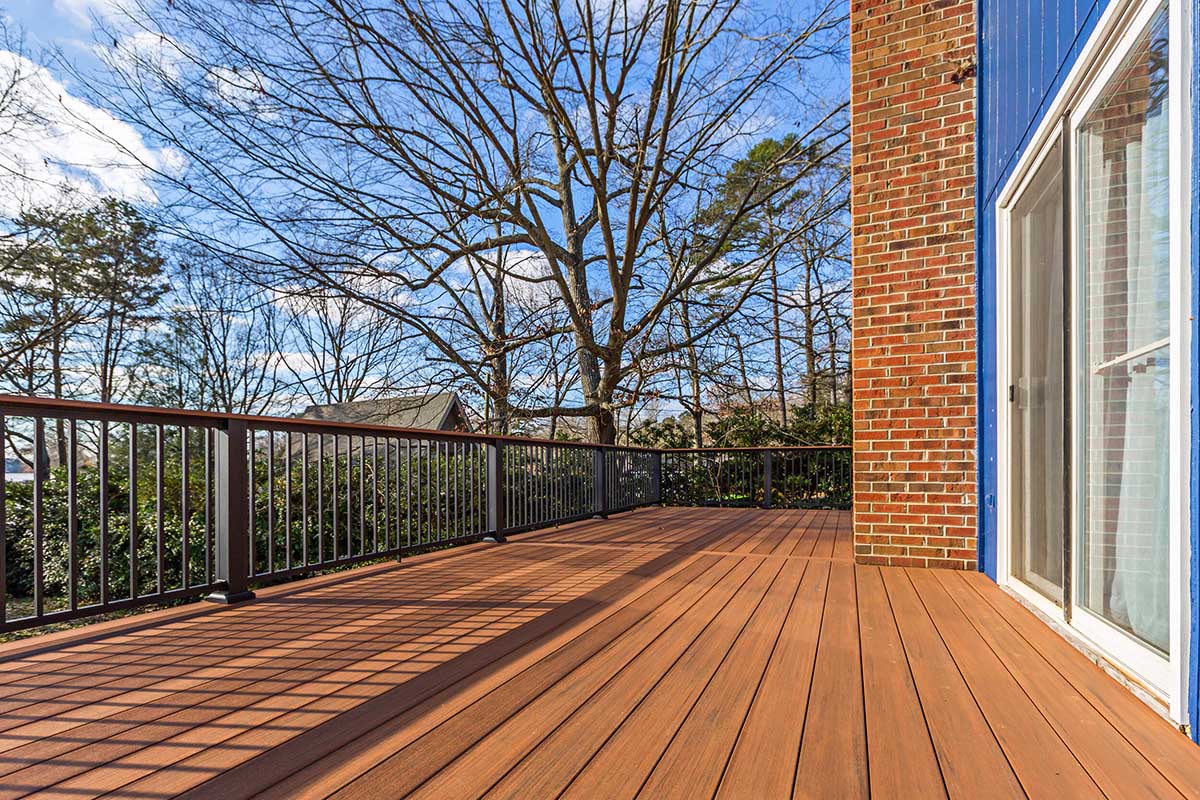
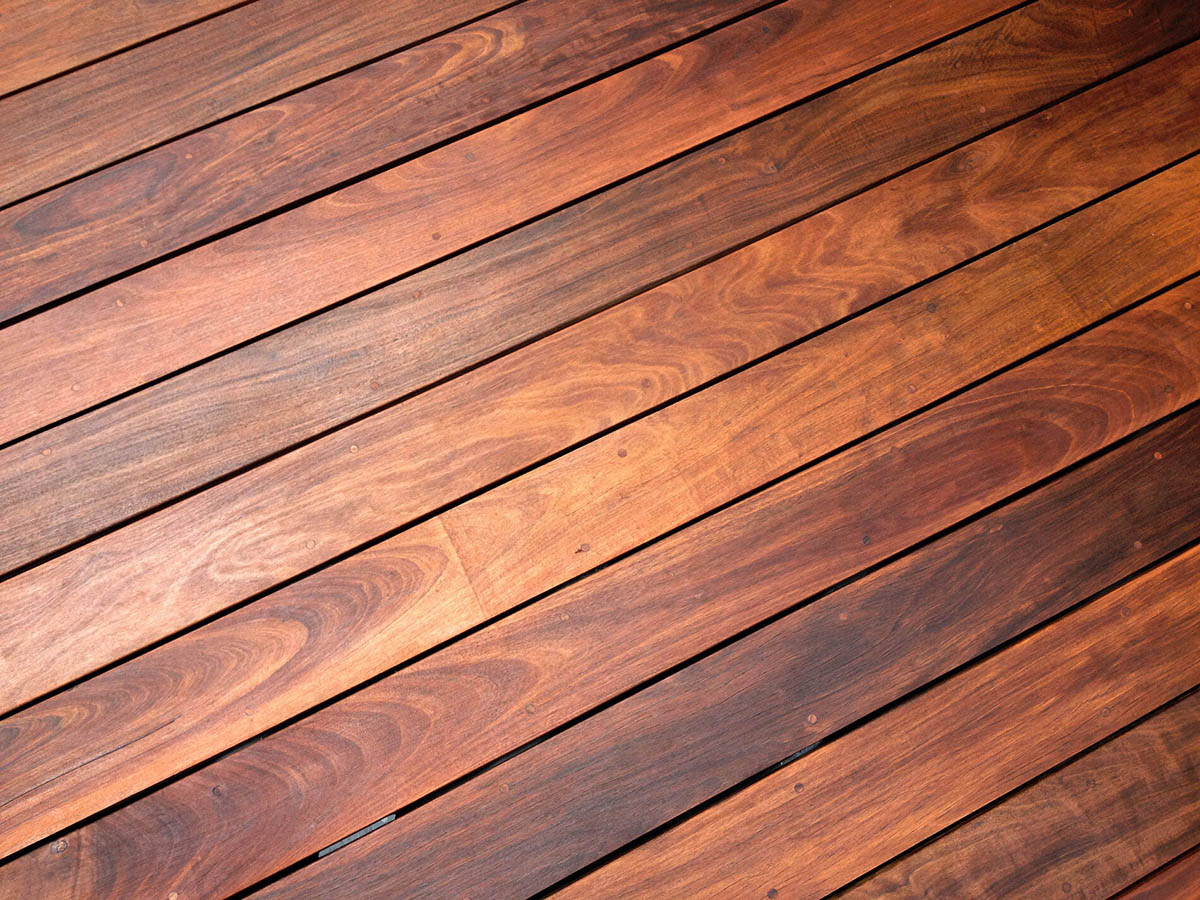
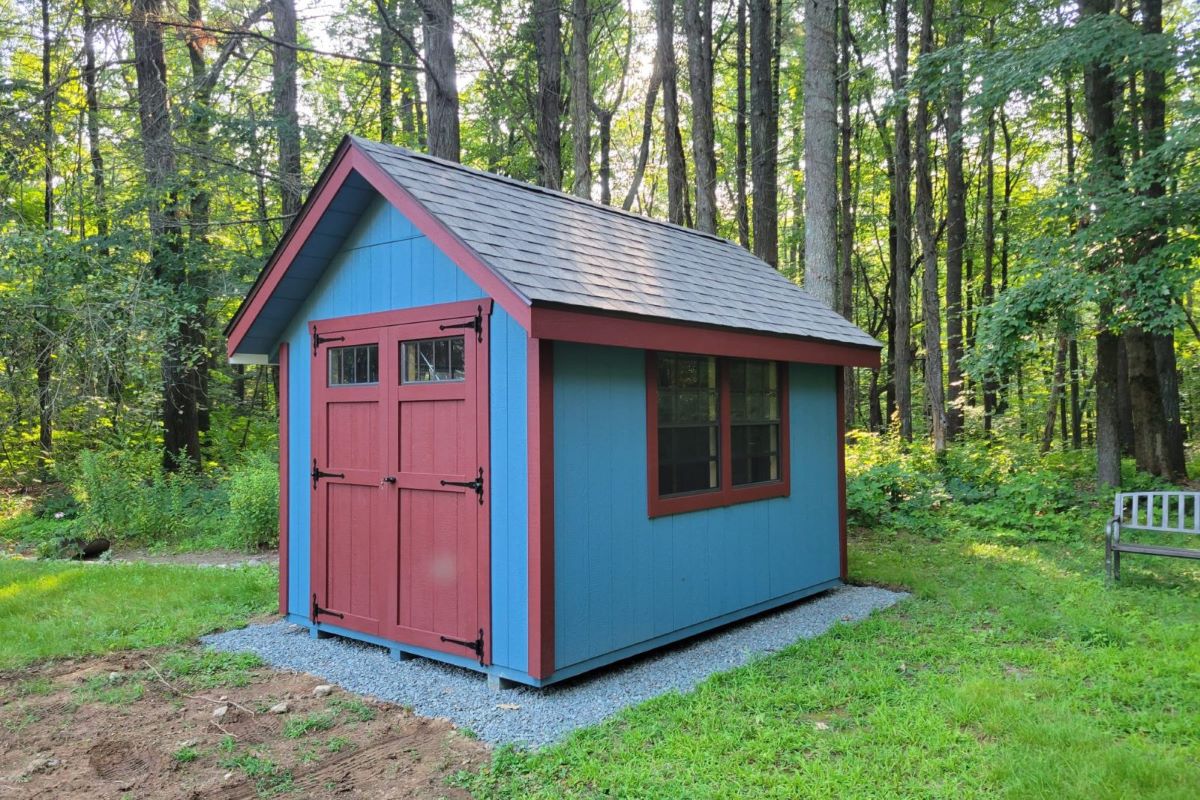
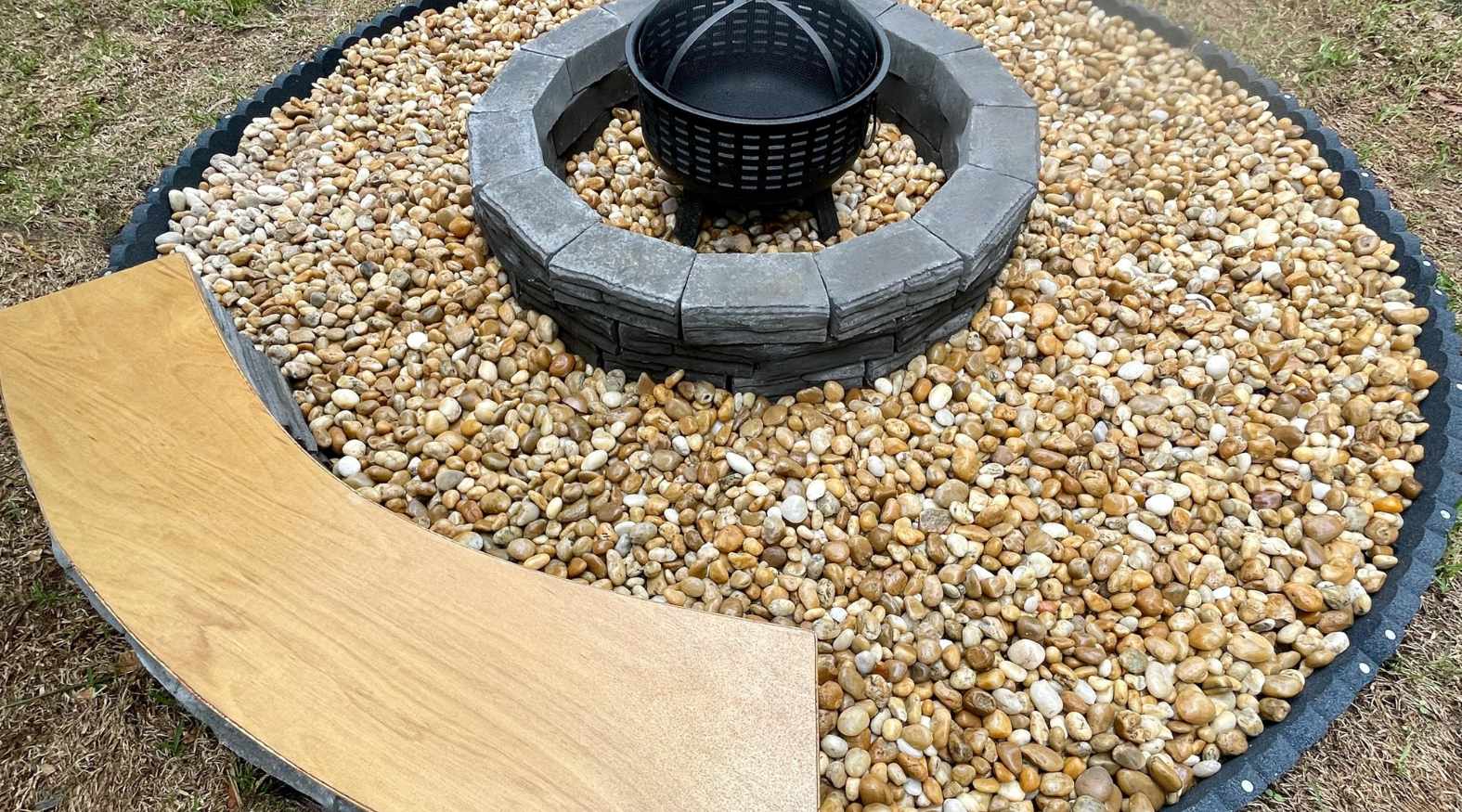
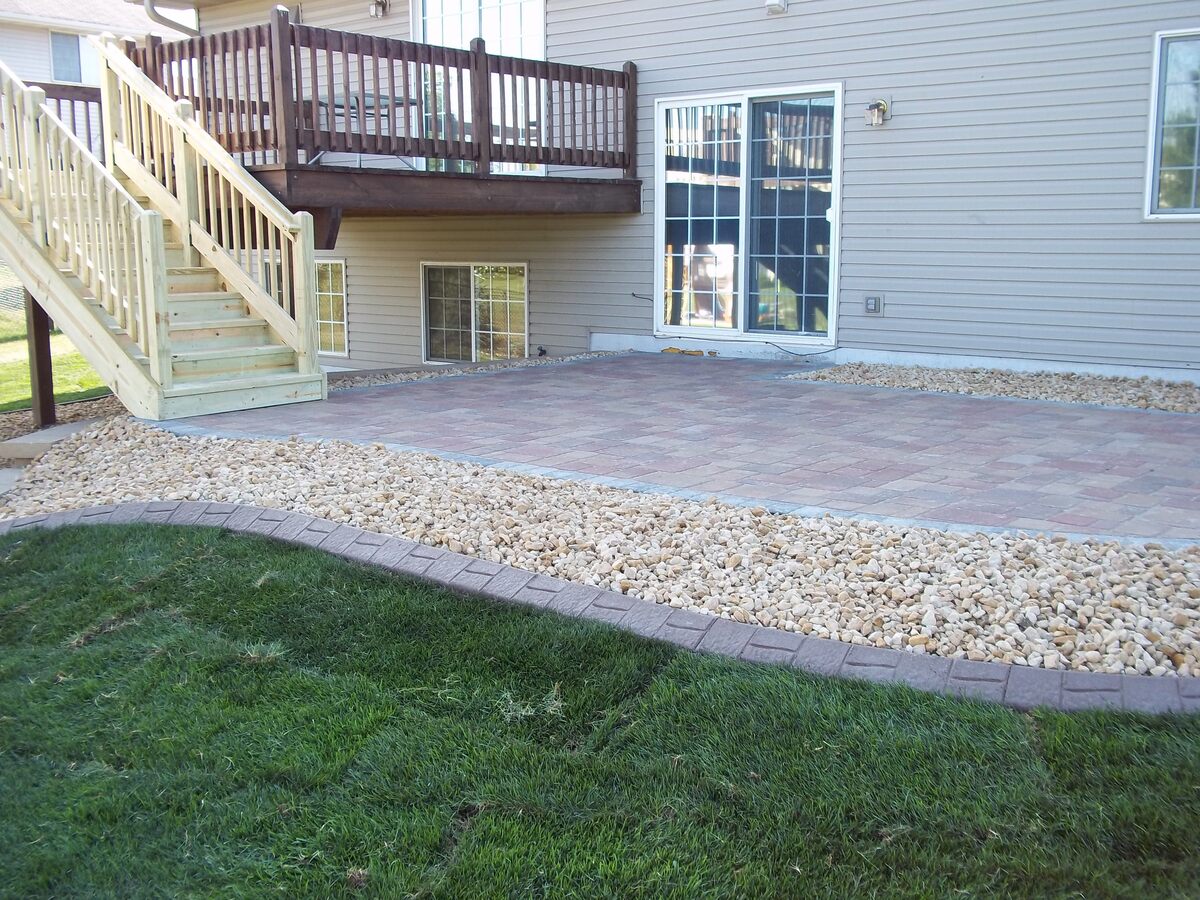
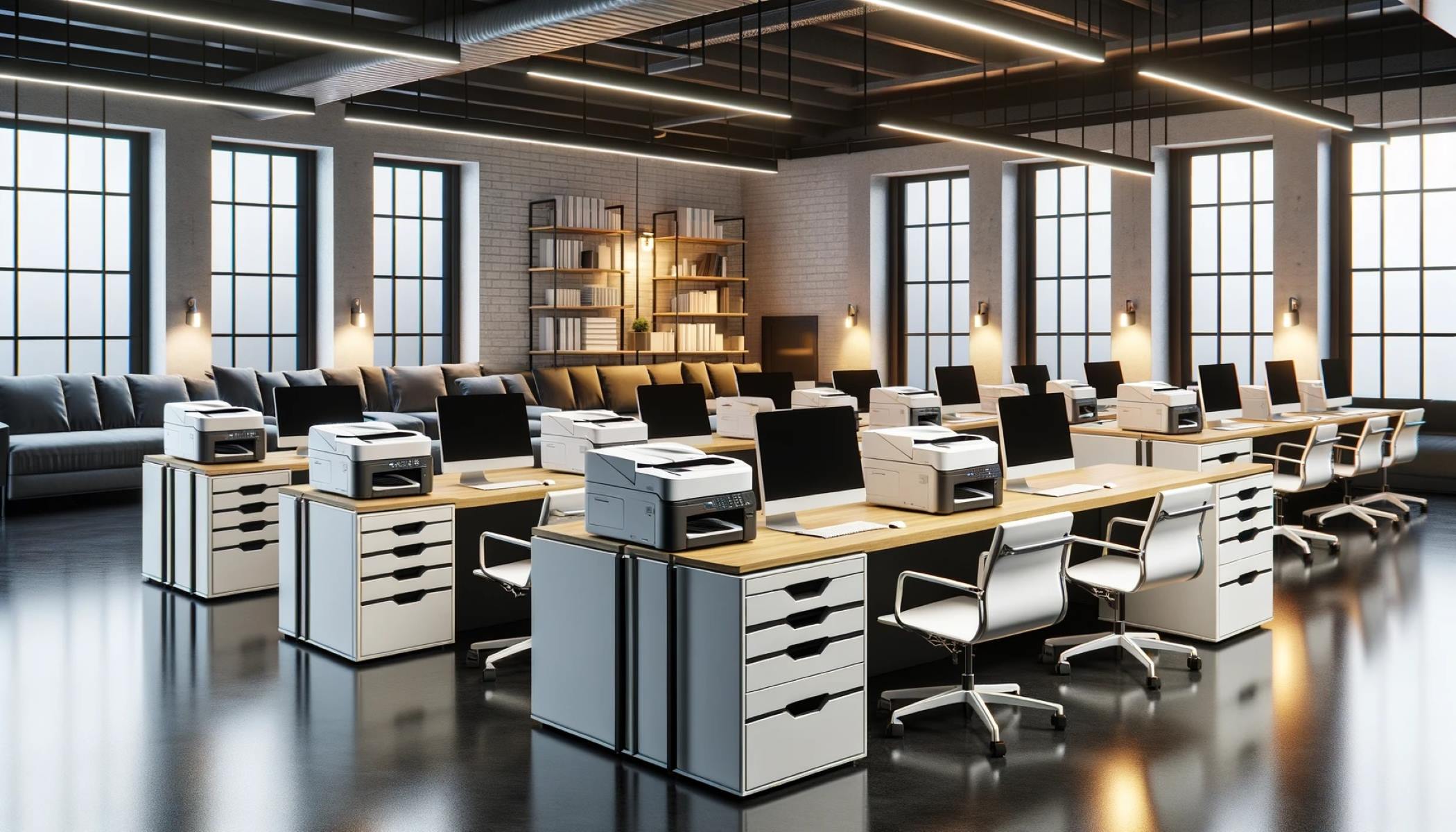

0 thoughts on “What Is Cool Decking Around A Pool”